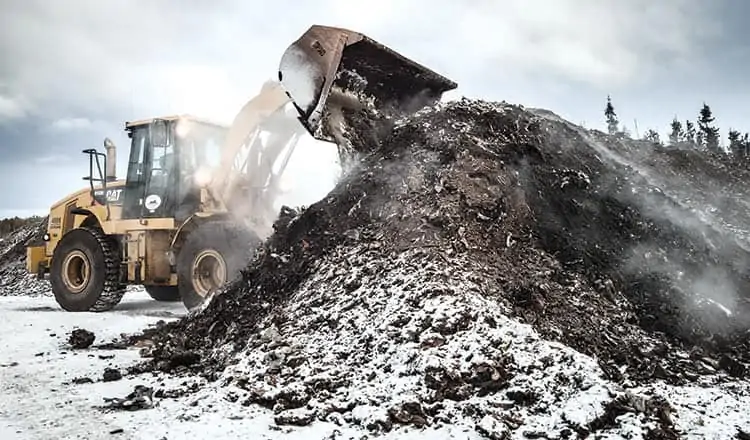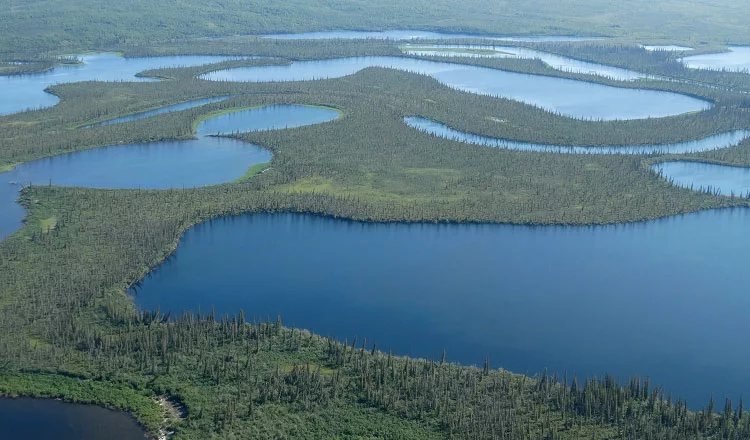An expert panel on how Canadians cope with the day-to-day realities of climate change was released last week, and the Yukon has a place at the table. “When elders and youth go out on the land together, it teaches valuable survival skills,” said Dr. Bronwyn Hancock, associate vice president of Research Development at Yukon College.
With over a decade of northern climate research under her belt, Dr. Hancock stressed the importance of traditional knowledge and strong community in dealing with changes to the environment. “We talked about how practicing traditional cultures supports resilience. It increases social cohesion,” said Dr. Hancock.
As residents of a designated “vulnerable region” that is susceptible to climate change, Yukoners have some advantages over other Canadians because we’re used to it: Dr. Hancock explained, “Northerners have been adapting for generations. It’s part of being a northerner … [it] is part of the culture. So, in some ways, some of these adaptation actions that we’re taking haven’t been traditionally labelled as climate change adaptations—they’re just ways of continuing to live in a place we love, following as closely as we can to a lifestyle we’ve learned.”
The panel cited a case study in Old Crow and found that in order to really understand a region’s ability to adapt to their changing environment, researchers need to take factors into account that aren’t always associated with the field of climate research. Accessibility of social services and social cohesion, for example. Dr. Hancock said that if we’re relying on the land to support our diets, it makes survival easier if, for example, there’s a disruption to grocery food supply because of a landslide cutting off highway access.
Differences were found between how northerners address climate change as compared to other parts of Canada. “One of the big differences we noted … was that in the North, we’re really often more concerned about slow-onset climate change impacts—things like permafrost thaw and species migration.”
“In southern Canada, the focus is often on extreme or catastrophic events like flooding.”
She said that adaptations to climate events in the North are more driven by everyday climate impacts. “We see that influence how we harvest country foods, travel on the land, etc.
“I think our concerns in the North are around climate impacts on ways of life, as well as the impacts of things like permafrost thaw on our roads and buildings, and the way we travel across the land.”
The specific region that we live in also influences what we prioritize in emergency situations. Dr. Hancock said that this depends on whether we’re talking about northerners practicing traditional ways of life, or more “urban” northerners living in bigger centres like Whitehorse.
“From smaller communities, we hear a lot about safety of travel on the land, how Elders can’t predict things like weather patterns or ice break-up the way they used to, how animals are moving across the land differently or fish are migrating differently, etc.” She said that in more urban areas things are a bit different. “We hear more about how the ways we move in the city and the buildings we live in contribute to increasing or reducing our carbon footprints, and about food production through things like greenhousing.”
Dr. Hancock is optimistic about a number of ongoing local projects: “I think there is actually a lot of good work happening on the ground here—lots of land-based programming, urban food-production initiatives, etc.” She said that while this is a big, complex and sometimes overwhelming issue, the indicators that the panel came up with give smaller, tangible actions that can be taken to start to chip away at it.
“Identifying useful and relevant research questions together means that we can do a better job of collecting information that is useful in creating solutions.”
She also said that funding is available for northern communities that want to develop and implement environmentally focused community-based monitoring programs. “The collection of the data that community-based monitoring programs assemble is inherently community-relevant, because they’re designed by the community to meet community data needs.”
This type of co-operation also provides access to data in data-sparse areas. “This data is essential for good modelling of climate impacts and the creation of adaptation solutions that really are tailored to respond to local needs.”
Dr. Hancock brought her northern perspective as one of four academics on the 22 member panel that also included representatives from Ryerson University, University of New Brunswick and Simon Fraser University. Guidelines were proposed, along with a call to action for collaboration between government, Indigenous Peoples, the private sector and the public on climate change.
The study gauges the impact that environmental changes are having on Canadians, by looking for indicators as a guide to finding solutions so that Canadians can better deal with changes in the environment, as they come. The group came up with 54 broad measures, including 19 focus points for action and evaluation of how communities across the country are holding up.




